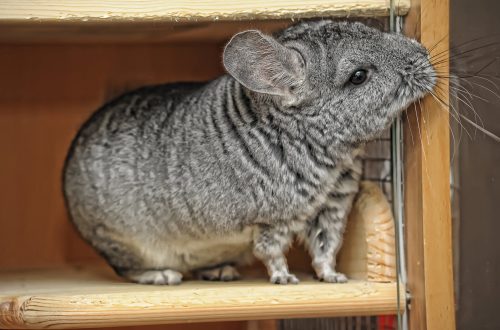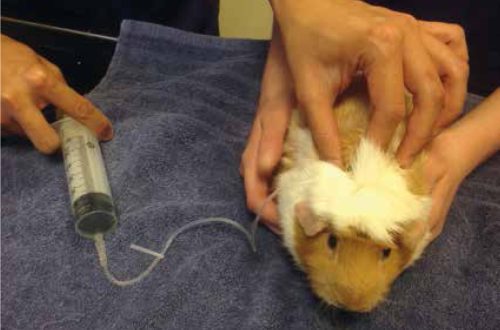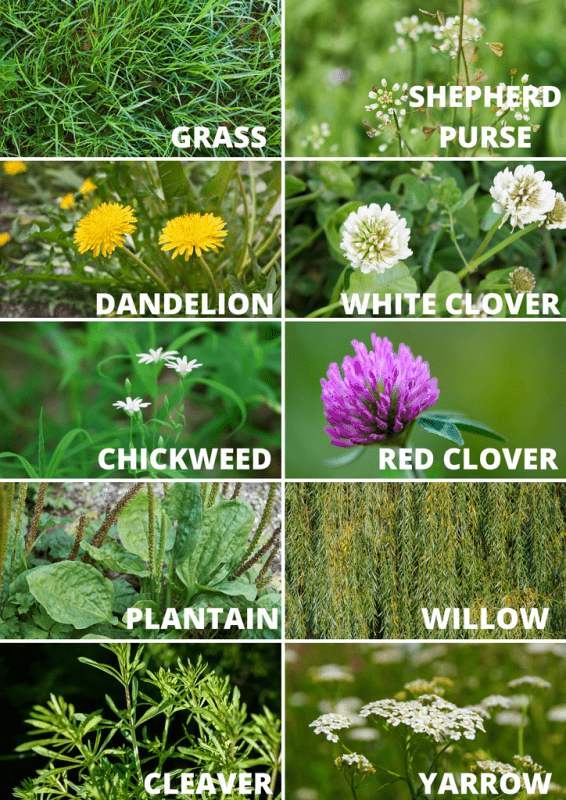
What grass can be given to guinea pigs: a table of allowed plants
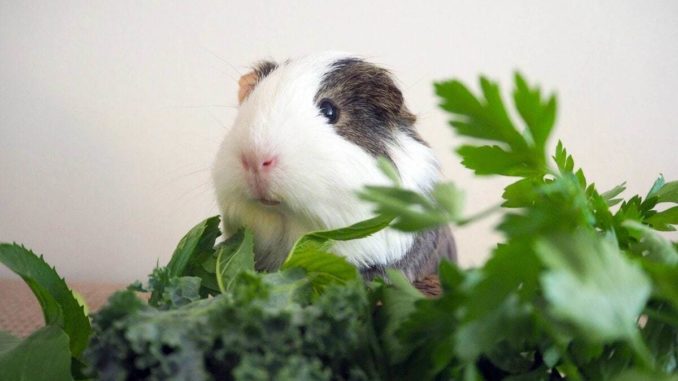
Grass occupies the main place in the diet of this rodent. Therefore, it is important to know what grass can be given to guinea pigs.
Useful plants will bring joy and enrich the diet, while harmful ones can cause allergies. Some herbs are deadly for a pet.
Contents
- Grass for guinea pigs
- Nettle in the diet of a pet
- Clover for a rodent
- Plantain
- Quinoa
- Sneep
- Camomile
- Mug
- Green onions
- Osoka
- Spinach
- Cilantro
- Ruccola
- Milkweed
- Mother and stepmother
- Rhubarb
- Pyrée
- Sagebrush
- alfalfa (Medicago sativa)
- Mokritsa
- Iceberg lettuce
- Celery
- Mint
- Salad leaves
- Dandelion
- What plants can be given to a guinea pig in the fall
- Table of plants that can and cannot be eaten by guinea pigs
- Video: what herbs can guinea pigs
Grass for guinea pigs
Grass should be cut outdoors in clean areas, away from roads and debris. Care must be taken to tear plants in fields where crops are treated with pesticides. Glades in the park, where dogs are actively walking, are also not the best gathering place, since a pet can “pick up” helminths. Under the ban plants in densely populated, especially industrial cities. And vice versa, a forest glade or a village meadow, your own piece of land without chemicals and organic fertilizers is suitable for collecting green mass.
Fresh herbs should be given dry. If it has been previously washed, it must be dried before being given to guinea pigs. Do not scald green fodder from the street with boiling water: vitamin C is destroyed already at 60ºС. At the same time, these will not succeed in destroying helminths or viruses.
After winter, fresh grass should be given in small portions so that the animals do not get sick.
Store fresh herbs in the refrigerator. If it is at room temperature, it must be shaken so that it does not deteriorate. Dried grass can be given, but rotten – no.
Nettle in the diet of a pet
Nettle contains many beneficial substances for guinea pigs. It can be used as a remedy for beriberi. Most of all in it useful substances at a young age. During flowering, the plant loses some of them. Greenery harvesting should be carried out in June-July.
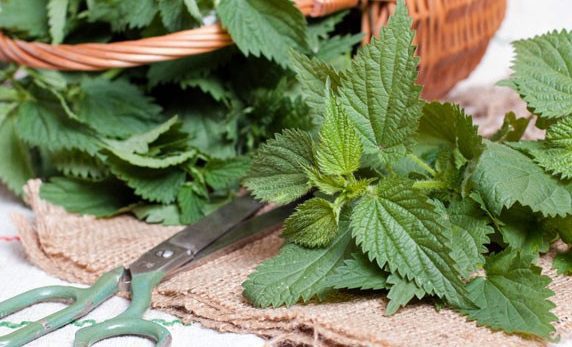
To protect the animal from thorny leaves and stems, you should scald the nettle with boiling water before treating it. Withered leaves also lose their thorniness. If it was not possible to prepare the grass, you can buy it at the pharmacy in the form of dry leaves or powder. Even in the absence of some vitamins, the powder contains a lot of protein, starch, trace elements and tannins.
For harvesting nettles, it is customary to take the upper leaves in early spring and dry them in a draft. The sun destroys some of the vitamins, so brooms should be placed in the shade.
Clover for a rodent
Clover is a herb rich in vitamins and minerals. It contains carotene, ascorbic acid, proteins and essential oils, as well as fiber. It must be introduced into green fodder, but with some caution. Young sprouts can cause stomach upset. Adult plants that have set fruits are suitable for food, and then only red and white clover. Because of the rich composition, you should not give a lot of clover to pregnant female guinea pigs. There may be a strong reaction of the body, up to a miscarriage.
Plantain
Plantain contains potassium and citric acid, glycosides, enzymes, tannins, carotene and vitamin C. In ancient times, the herb was used as a means to lower blood sugar. If guinea pigs love plantain, then you should give it. It is advisable to choose young leaves and avoid plants along highways.
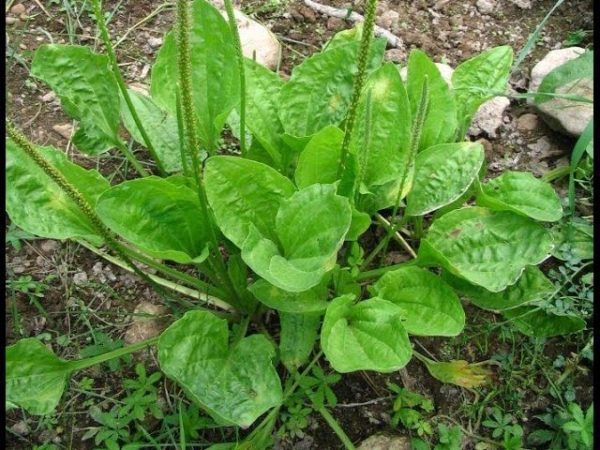
Quinoa
Due to the oxalic acid present in the plant, quinoa must be given carefully. It provokes urolithiasis in guinea pigs. However, for healthy animals, grass is useful in small quantities.
Sneep
Goatweed is on the list of herbs that can be given safely throughout the season. The peak of the accumulation of nutrients is spring, when young plants have just appeared in the clearing.
Camomile
Chamomile has an anti-inflammatory effect. It relieves spasms and relieves gases in the intestines. Guinea pigs can be given fresh green grass or use its medicinal properties. A rich decoction can be given for diarrhea. Chamomile decoction has a mild disinfectant effect. It is known for its analgesic and sedative properties.
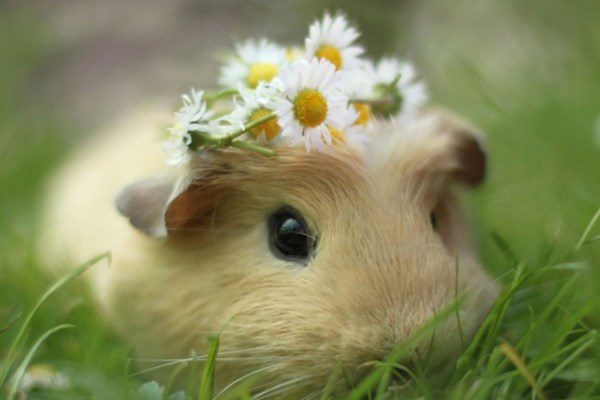
Mug
Burdock contains inulin, a valuable carbohydrate for diabetics. It also contains vitamins and tannins. Guinea pig can be given the roots and young leaves of this plant in spring and summer. Burdock has a diuretic and mild laxative effect.
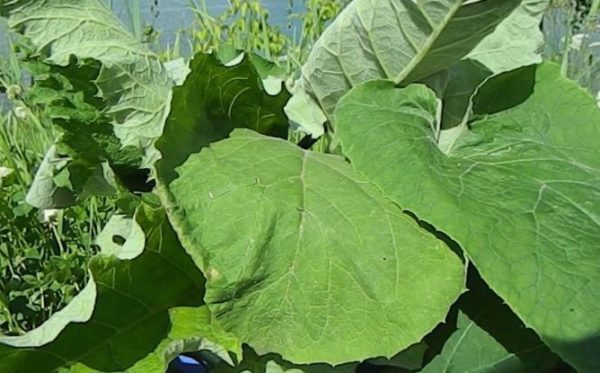
Green onions
Green onions contain phytoncides. It irritates the walls of the rodent’s stomach, so it should not be given to guinea pigs. As a rule, they themselves do not eat it.
Osoka
Sedge is one of the favorite plants for pets. This grass can be fed to guinea pigs: they eat it with pleasure.
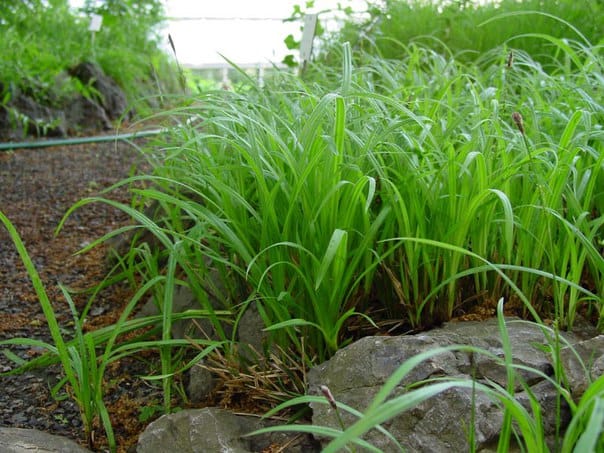
Spinach
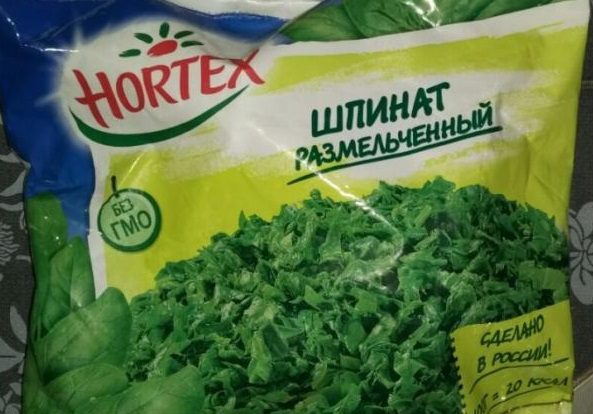
In addition to proteins and vitamins, spinach has a lot of potassium. Young leaves can be fed in the spring, and frozen greens are available in the winter.
Cilantro
This spicy green belongs to the list of allowed herbs. It is readily eaten by guinea pigs.
Ruccola
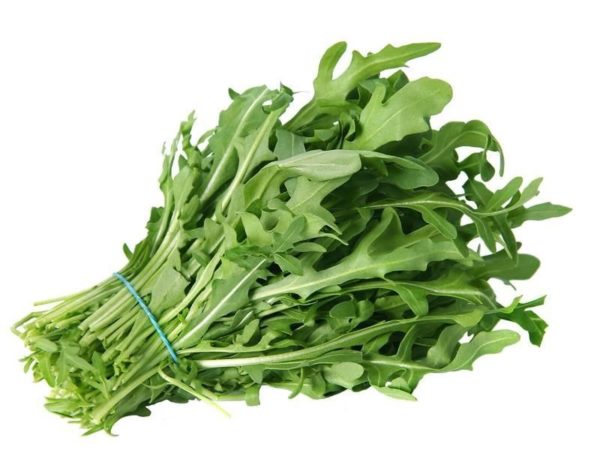
The plant contains mustard oil. The leaves accumulate a lot of nitrates. With this salad, you should not start the acquaintance of a guinea pig with greens. Sometimes you can give the greens to the animal in small quantities.
Milkweed
All types of milkweeds, and there are about 60 of them, are poisonous plants. Its stems and leaves contain milky juice, burning in taste. In case of poisoning, the mucous membrane of the digestive tract becomes inflamed, there may be convulsions and cardiac arrest.
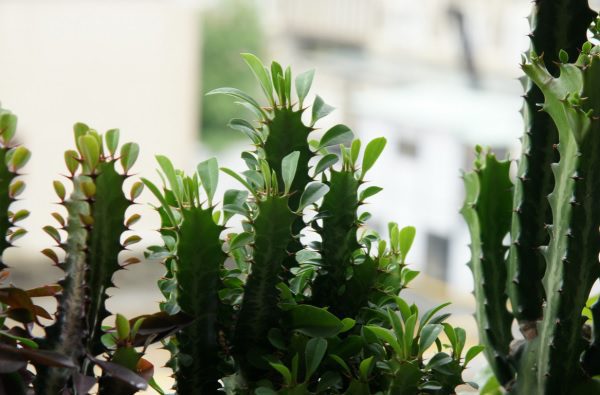
Mother and stepmother
Coltsfoot is a medicinal plant. It is used for diseases of the digestive tract, inflammatory processes and colds. Pigs can be given both in the form of leaves and a decoction. It is believed that in large quantities, the herb has a harmful effect on the liver.
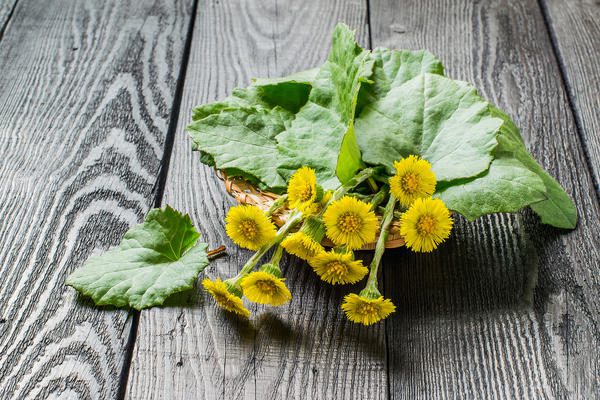
Rhubarb
Rhubarb is a sour vegetable. It contains a lot of oxalic acid. It is better to refrain from feeding pigs with this plant: it can be bad for the kidneys.
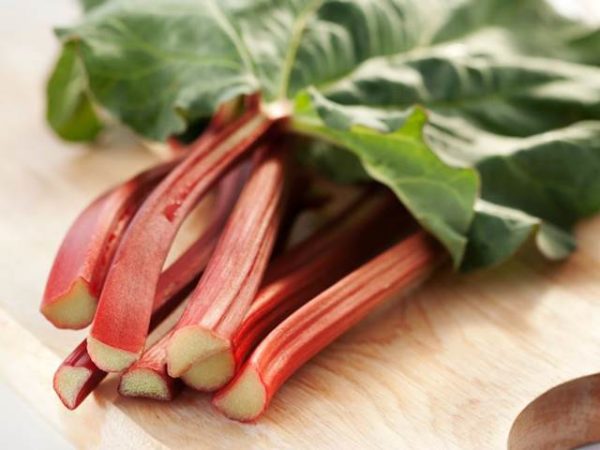
Pyrée
Wheatgrass is one of the most common outdoor herbs. It is this grass that the guinea pig eats: a lot of it is included in the hay for rodents. On this basis, it can be called the basis of fodder greens.
Sagebrush
Wormwood is an excellent food for guinea pigs. They eat it with pleasure. Unlike common, bitter wormwood with yellow flowers is not so harmless. If you want to give it to the animal, then only in small quantities.
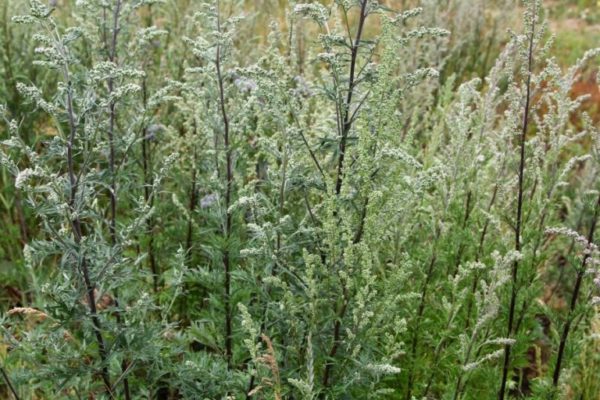
alfalfa (Medicago sativa)
Alfalfa is an excellent herb for pregnant and lactating females, as well as growing rodents. The plant contains a lot of calcium. Because of this composition, it should not be given to adults as the main food. Offer grass to your pets occasionally and in small amounts.
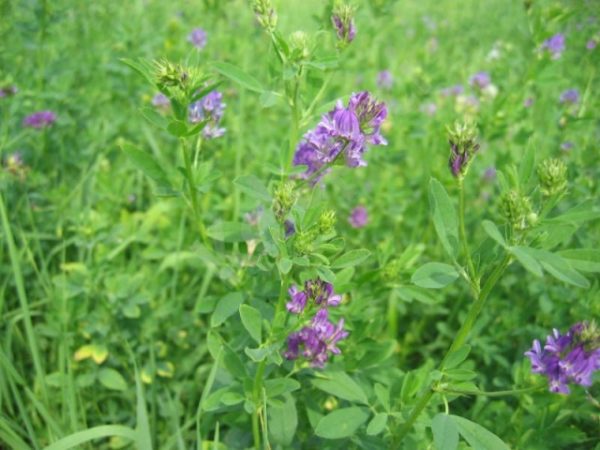
Mokritsa
Woodlice or chickweed has a whole range of useful substances, including vitamins, trace elements, essential oils, etc. It is widely used in folk medicine. As a rule, pigs willingly eat it. She has no contraindications.

Iceberg lettuce
There are different opinions about this salad. Some believe that giving it is not worth it: it has few nutrients. Someone talks about it as a product that accumulates nitrates and causes bloating. Some owners suggest giving it in small amounts.

Everyone comes to the same opinion that winter salads of any kind should be given carefully or completely excluded. If the plant is home grown, i.e. grown in the ground without chemical fertilizers, then you can give it to the pig.
Celery
Celery is a storehouse of vitamins and minerals. It does not contain many sugars, so the pig does not face diabetes from it. Celery root can be given at any time of the year. The greenery of the plant can be driven out on its own by placing the root in a pot of earth.
Mint
Mint can generally be given to guinea pigs. Some people eat it so that it crackles behind their ears. Others bypass fragrant grass side. General recommendations – to enter the plant for the first time in a small amount.
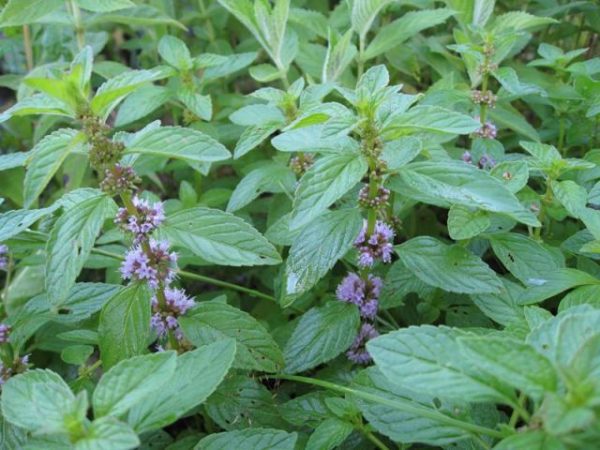
Salad leaves
Can be given to animals if it is not a winter salad in pots. If you already had to give it in pots, tear off the leaves without cuttings – they contain the main nitrates.
Dandelion
Green dandelion leaves are a great spring food. The richness of vitamins will provide the animals with good health. It is customary to give rodents only leaves without yellow caps.
What plants can be given to a guinea pig in the fall
In autumn, you can drive out greens from allowed root crops, for example:
- beet;
- carrot;
- parsley;
- celery;
- turnip.
By planting a root in a pot, you can have fresh herbs of your own production all winter.
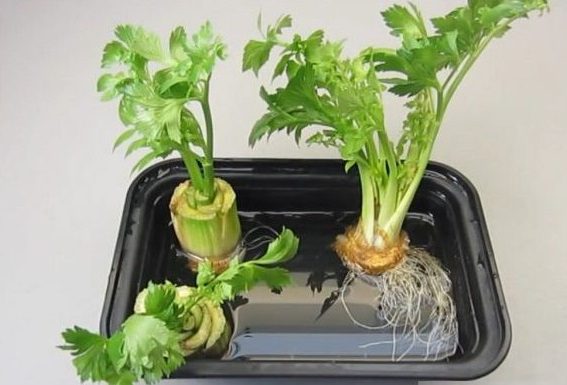
Another option is fresh greens of wheat or oats, peas, beans, etc. For cereals, it is enough to take a shallow, but wide container. It can be a disposable plastic container-packing:
- Make several holes in the bottom for water to drain and pour earth into it.
- Place a drip tray under the container.
- Spread wheat or oats over the entire area in a thick layer of 1,5-2 grains.
- Pour 1 cm of earth on top and tamp lightly.
- Pour in water.
The container should be placed on the window and watered daily. After 3 days or earlier, sprouts will appear. In a week you will see dense thickets of raised grass. It can be cut or put together with a container in a cage for rodents.
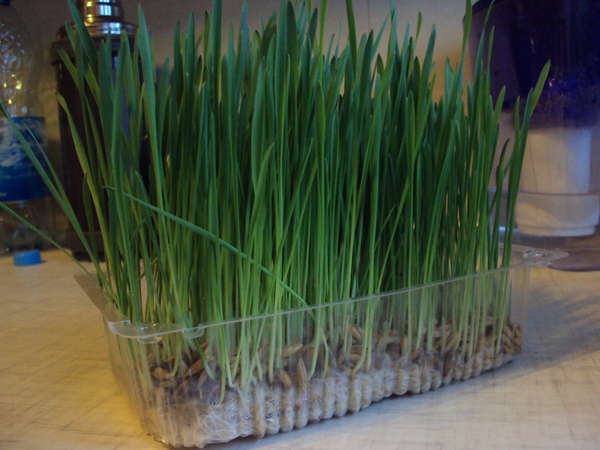
Green mass gives pets a lot of joy. However, it can be dangerous if you do not follow the rules of feeding.
Table of plants that can and cannot be eaten by guinea pigs
| One can | Must not |
| lowlands ogorodnıy | Elder |
| Tops of beets, carrots, celery, turnips | Mistletoe |
| Dandelion Leaves | Hellebore |
| Yarrow | Belladonna |
| Plantain | Wisteria |
| Coriander – cilantro | Milkweed |
| Mother and stepmother | Fern |
| Sneep | Aconite |
| alfalfa (Medicago sativa) | Amaryllis |
| Clover | Agave |
| Camomile | Sorrel |
| Nettle | Henbane |
| Quinoa | Nightshade |
| lady’s purse | Kizil |
| Corn before panicle | Stagačka |
| Mug | Cheremsha |
| Calendula | Arum |
| Spinach | Cyclamen |
| Parsley | White acacia |
| Celery | Azalea |
| Dill | Geranium |
| Leaf salad | Lily |
| Green beans and peas | Lily of the valley |
| Wheat, oat and rye sprouts | Narcissus |
| Soybean and other legume sprouts | Wisteria |
| Vika | Samşit |
| Lupine | Digitalis |
| Ryegrass | Laurus |
| Donnik | Aloe |
| Beijing or Chinese cabbage | Gorse |
| Romaine lettuce | Ivy |
| Lettuce Salad | Celandine |
| Watercress salad | Yew |
| Amaranth | Omezhnik |
| Basil | Primrose |
| grape leaves | Deren |
| Hedgehog team or ordinary | Broom |
| Melissa | Holly |
| Bluegrass | Honeysuckle |
| Mokritsa | wild radish |
| Pyrée | Smelly dope |
| Duckweed | Arum |
| Tmin | Call |
| Jerusalem artichoke | Snowberry |
| Sage | Sumac |
| Sunflower | wolf |
| Sagebrush | Juniper |
| Bloodroot | Ivy |
| Lingonberry and raspberry leaves | Forester |
Video: what herbs can guinea pigs
What herbs can and cannot be fed to guinea pigs
4.2 (84.87%) 115 votes



